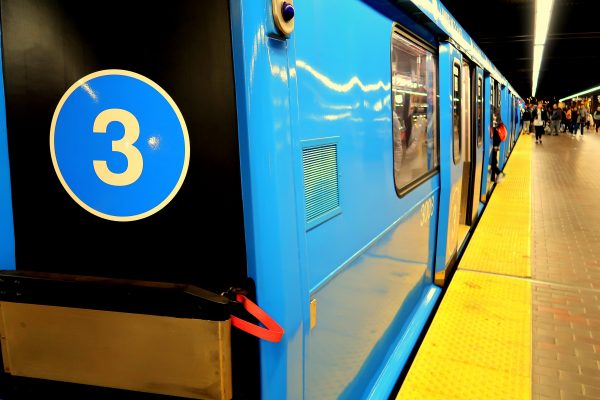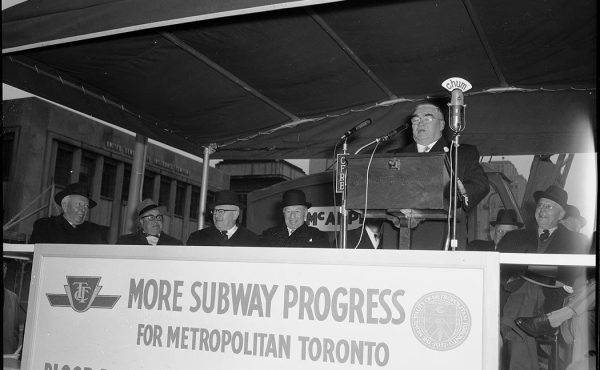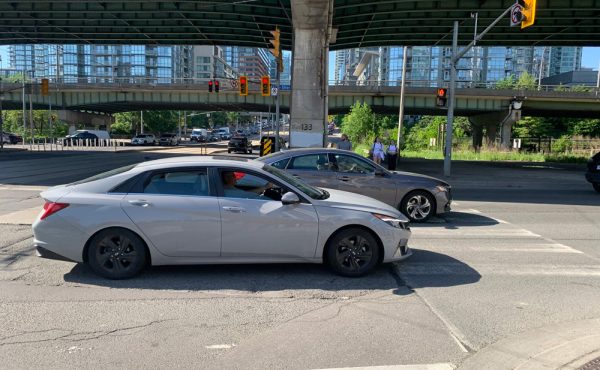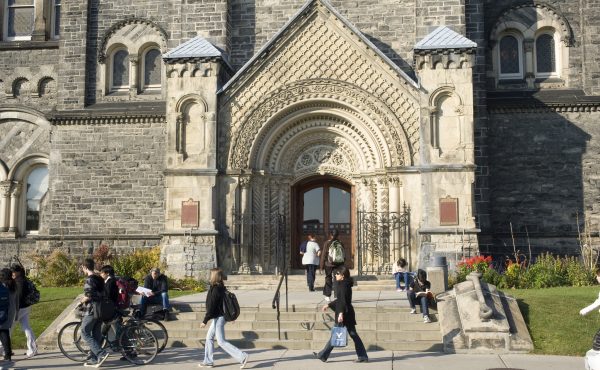About a week ago, I was riding the Scarborough RT and missed my stop. It wasn’t by any misstep on my end, however. Instead, the train hurtled towards Scarborough Centre station before abruptly slamming to a halt on the tracks, several metres before the entryway. A muffled voice blared on the speaker, announcing unspecified technical difficulties. Within a few minutes, the cars began moving with an exhausted wheeze, finally inching around the curve into Scarborough Centre station.
I left the station feeling disconcerted by the experience. Still, a few days later, I was back on the RT because I had no better options. Earlier this week, the RT derailed from the tracks, filled with more riders, also like me, with no better transit option. The back car sheared off from the rest of the train, sending people flying inside the car. Five people were taken to the hospital with injuries.
In the aftermath of the accident, TTC CEO Rick Leary released a statement, assuring customers that their “safety is always paramount,” and that Line 3 — as the RT is formally known — would be on full bus replacement in the meantime. But the safety concerns that led to this accident are not new to decision-makers nor Scarborough transit riders. Its clunky demise comes as no shock.
The thousands of Scarborough transit riders who decide to step into decaying, shrieking, occasionally duct-taped cars don’t do so as a fun joyride or novelty. It’s a price that must be paid out of necessity, because we lack viable alternatives.
Policy-makers have been aware of the RT’s deterioration for almost 20 years. And yet, with each news item documenting its decay, plans have remained sketchy. When I reported on the line’s impending closure in October 2022, a TTC representative informed me there was still no set date—sometime next year. Finally, a November 18th, 2023 shutdown date was set; clearly too late for the ailing machinery.
Why is an ancient light rail, constantly on the verge of self-destruction, still used like a critical artery? It’s because the substitutes presented to Scarborough transit riders manage, against all odds, to feel worse. Getting to work downtown; hurrying to the mosque for prayer; riding to the hospital for a specialist’s appointment; grabbing a bite at the mall; heading home after a long day. Somehow, the Scarborough RT is still the most efficient option for thousands of people. That’s not praise for the transit line; rather, it’s an indictment of just how under-served riders are in Scarborough.
This year, Scarborough saw some of the worst of the TTC’s service cuts, and remains home to numerous transit deserts, with lengthy walks to get to stops. Now, with the RT set to close in November, city council was still turning over questions very recently about issues that ought to have been resolved a decade ago. Priority replacement lanes are to-be-determined. There is a parking lot in place of a bus bay. And the dedicated busway is under-funded and years away. After this week’s accident, the transit advocacy group TTCRiders noted that only 20 buses were sent out as replacements — a far cry from the 70 per hour the route requires.
Olivia Chow has set the replacement busway as a priority; what remains to be seen is whether the provincial and federal governments will help fund what Scarborough riders are pleading for.
I’ve taken the RT my entire life, from my first forays downtown to taking it daily for work. I’ve sat through the earsplitting, animalistic screech of weary machinery that accompanies every ride. Increasingly, I have been forced onto shuttle buses when the RT failed without warning – redirected down congested routes that left me late for work and sometimes utterly lost.
This year, for the first time, I’ve had the privilege of being able to pay to take the GO Train from my home in Scarborough to my workplace downtown. I remember feeling stunned by how much easier it can be to bypass the RT to get downtown—and also feeling nauseated by the rapidly mounting costs of doing so.
Residents of Scarborough shouldn’t be expected to pay a premium to be connected to the rest of their city. And considering that Scarborough has a lower average household income than the rest of the city, with significant racialized and newcomer communities, the implications are sobering. Who can afford the luxury of time—the luxury of not being late to work or a doctor’s appointment, of unrestricted access to cultural touchstones? Why are Scarborough commuters seen as undeserving of those things?
For the third time in less than 12 months, I’m writing about the Scarborough RT. The first two pieces (here and here) that I wrote were an effort to document its necessity and showcase its legacy — to prove the need for something that I saw constantly invalidated by flimsy plans, costly delays, and inattention. I wrote out of frustration, trying to convey information that seemed like a basic fact of life for anyone who rode Line 3, and yet seemed utterly unimportant to anyone who didn’t. Now, there’s nothing left to prove.
Riders have been warned constantly of impending doom while presented with no sustainable alternatives. It was simply a given that Scarborough commuters would bear the worsening service like we always have. And so we did, and we did, and we did. Until it simply became impossible to take it any longer — until people got hurt.
In the aftermath of this transit catastrophe, eyes should be on policy-makers and our new mayor. This isn’t a crisis response, a noble call to action, or a cobbled-together solution to an unforeseen calamity. No one is blindsided. The solutions presented to Scarborough transit riders should reflect the thoughtful, evidence-backed proposals experts and advocates have long advanced, and the years upon years that were available to prepare for the RT’s loss.
Sakeina Syed is a writer from Scarborough whose work appears in The Toronto Star, The Globe and Mail, The Local, and others. She can be found at sakeina.com or @ssakeina on Twitter.




